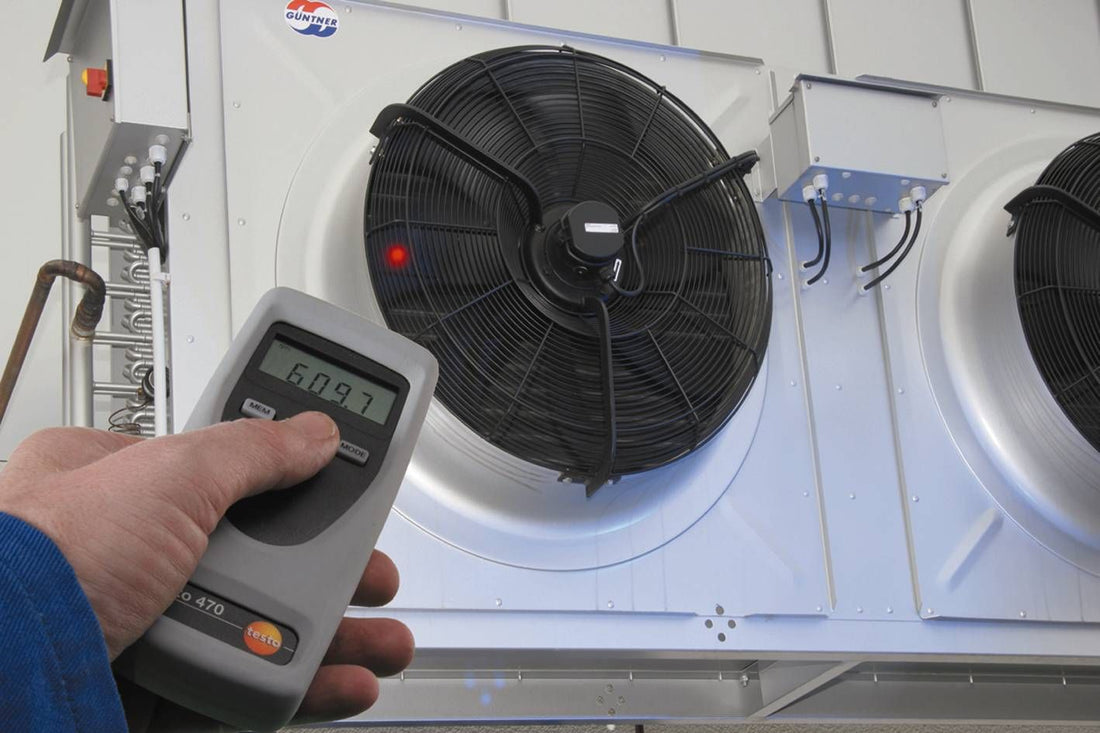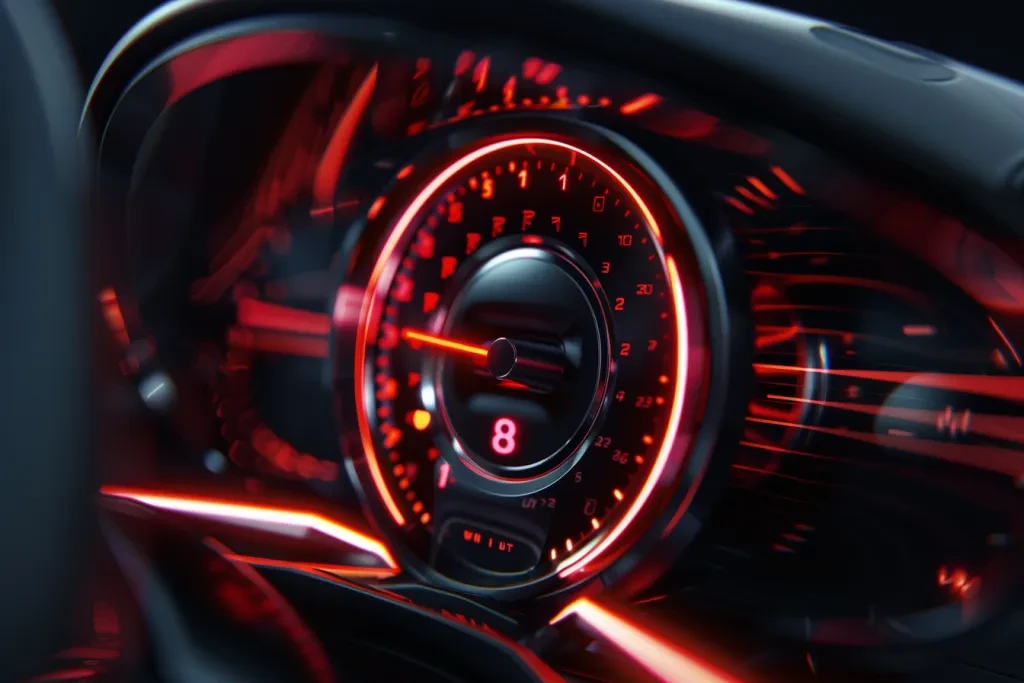
Big Life-Changing Guide: How to Use Pulse Engine Tachometer?
Share
The pulse engine tachometer plays a crucial role in measuring the rotational speed of an engine, providing vital information about performance and efficiency. If you're a tech professional or enthusiast, mastering how to use this device can be a game-changer for your projects and vehicles.
Whether you're tuning an engine, performing diagnostics, or simply exploring the intricate world of automotive technology, knowing how to use pulse engine tachometer efficiently is essential.

What is a Pulse Engine Tachometer?
A pulse engine tachometer is an electronic device used for measuring the number of revolutions per minute (RPM) of an engine. It provides a digital readout that gives real-time feedback on engine performance, making it indispensable in many engineering and automotive applications. Unlike traditional mechanical tachometers, pulse engine tachometers offer more precision and reliability.
Key Features of Pulse Engine Tachometers
- Precision: They provide accurate RPM readings.
- Response Time: Fast response rate for real-time data.
- Durability: Built to withstand tough conditions.
- Integration: Can be integrated with other systems for advanced diagnostics.
Preparations Before Using Your Pulse Engine Tachometer
Before diving into the operational side, it is crucial to make specific preparations:
Gather Necessary Equipment
Ensure you have the following:
- A pulse engine tachometer
- Power source (if required)
- Cables or connectors as needed
- Access to the engine's wiring system or appropriate sensors
Familiarize Yourself with Device Settings
Most tachometers have several settings that can affect performance. Check the user manual for your specific model to adjust settings like:
- Measurement units (RPM)
- Sampling rate
- Calibration settings
How to Use the Pulse Engine Tachometer
Heres a step-by-step guide on how to use pulse engine tachometer effectively:
Step 1: Connection
Connect the tachometer to the engine according to the manufacturer instructions. This generally involves:
- Connecting to the ignition system.
- Using inductive clamps on the spark plug wire for non-invasive connection.
Step 2: Calibrate the Device
Once connected, its essential to calibrate your tachometer:
- Follow calibration instructions from the user manual.
- Make sure it accurately reads the baseline RPM before starting the engine.
Step 3: Start the Engine
Start the engine and monitor the tachometer for changes in RPM. Take note of:
- Idle RPM
- Normal operating RPM
- Max RPM during revs
Step 4: Data Logging (Optional)
If your tachometer has data logging features, enable them to monitor the engine performance over time. This data is invaluable for diagnosing issues or tuning performance.
Step 5: Frequent Monitoring
Keep an eye on the RPM during operation, especially under load or during performance tests, to ensure optimal engine performance.
Common Troubleshooting Tips
If your pulse engine tachometer is not giving accurate readings, consider these troubleshooting steps:
- Check connections.
- Re-calibrate the device.
- Examine the engines ignition system for faults.
- Replace batteries or power supply if necessary.
Frequently Asked Questions
1. What should I do if my tachometer reading is too high?
Firstly, ensure that the connections are secure. If they are, consult resources such as why is my tachometer so high for further troubleshooting steps.
2. How does a digital tachometer work?
Digital tachometers measure the rotation speed electronically using sensors. For an in-depth explanation, check out how does a digital tachometer work.
3. Can I install a tachometer on my outboard motor?
Yes, you can install a tachometer on your outboard motor. Learn how by visiting install a tachometer.
The Future of Tachometry: Advanced Technologies
As technology progresses, tachometers are becoming smarter and more integrated into vehicle systems. Many modern vehicles offer visual displays and diagnostics that enhance traditional readings.
Trends to Watch Out For
Here are some evolving trends in tachometer technology:
- Wireless Connectivity: Many new models feature Bluetooth or Wi-Fi for easy data transfer.
- Advanced Diagnostics: Smart tachometers offer predictive analytics and health checks.
- Integration with ECU: Direct interface with the engine control unit for comprehensive readings.

Conclusion
Knowing how to use pulse engine tachometer effectively is essential for tech enthusiasts and professionals alike. By understanding the functionalities and the correct operational procedures, you can optimize engine performance and diagnose any issues effectively. With the right knowledge and tools, your pulse engine tachometer can become your best ally in the automotive engineering field.
For additional insights into tachometers, visit the latest tachometer innovations.
